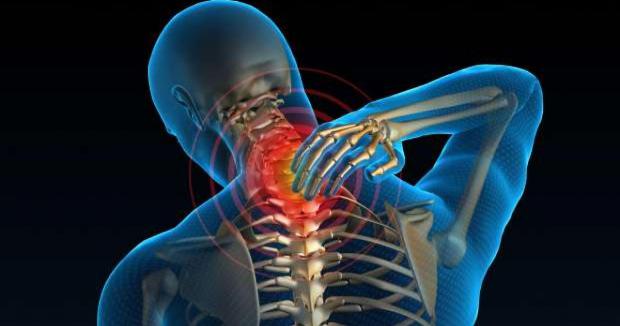
Breaking News
 Charlie's Killer Was MKUltra'd?
Charlie's Killer Was MKUltra'd?
 Doctors are finally admitting that biopsies Spread Cancer…
Doctors are finally admitting that biopsies Spread Cancer…
 We MUST keep talking about this, demand Voter ID. Joe Rogan and Elon Musk on Fraud
We MUST keep talking about this, demand Voter ID. Joe Rogan and Elon Musk on Fraud
 Nick Shirley exposes there are 1,200 medical transport companies in Minnesota.
Nick Shirley exposes there are 1,200 medical transport companies in Minnesota.
Top Tech News
 The First Production All-Solid-State Battery Is Here, And It Promises 5-Minute Charging
The First Production All-Solid-State Battery Is Here, And It Promises 5-Minute Charging
 See inside the tech-topia cities billionaires are betting big on developing...
See inside the tech-topia cities billionaires are betting big on developing...
 Storage doesn't get much cheaper than this
Storage doesn't get much cheaper than this
 Laser weapons go mobile on US Army small vehicles
Laser weapons go mobile on US Army small vehicles
 EngineAI T800: Born to Disrupt! #EngineAI #robotics #newtechnology #newproduct
EngineAI T800: Born to Disrupt! #EngineAI #robotics #newtechnology #newproduct
 This Silicon Anode Breakthrough Could Mark A Turning Point For EV Batteries [Update]
This Silicon Anode Breakthrough Could Mark A Turning Point For EV Batteries [Update]
 Travel gadget promises to dry and iron your clothes – totally hands-free
Travel gadget promises to dry and iron your clothes – totally hands-free
 Perfect Aircrete, Kitchen Ingredients.
Perfect Aircrete, Kitchen Ingredients.
 Futuristic pixel-raising display lets you feel what's onscreen
Futuristic pixel-raising display lets you feel what's onscreen
 Cutting-Edge Facility Generates Pure Water and Hydrogen Fuel from Seawater for Mere Pennies
Cutting-Edge Facility Generates Pure Water and Hydrogen Fuel from Seawater for Mere Pennies
Imaging breakthrough pinpoints exact location of chronic pain

The technological advances demonstrate a PET/MRI approach to locate specific locations of chronic pain in a patient, and a new full-body scanner that can visualize the complete systemic burden of inflammatory arthritis for the very first time.
Tens of millions of Americans suffer from chronic pain, yet outside of subjective patient responses there are very few diagnostic tools available to objectively evaluate its location or severity. A new study led by researchers from Stanford University School of Medicine has demonstrated a novel PET/MRI imaging method that can pinpoint the exact location of chronic pain in a patient.
"In the past few decades, we have confirmed that anatomic-based imaging approaches, such as conventional MRI, are unhelpful in identifying chronic pain generators," says Sandip Biswal, one of the researchers on the project. "We know that 18F-FDG PET has the ability to accurately evaluate increased glucose metabolism that arises from acute or chronic pain generators. As such, in our study we examined PET/MRI as a potential solution to determine the exact molecular underpinnings of one's pain."
The study recruited 65 subjects with chronic pain and conducted a full body PET/MRI scan using 18F-FDG tracers to home in on particular locations where glucose uptake in tissue is heightened. The novel imaging technology effectively zeroed in on specific pain locations in 58 of the subjects. The new clinical information subsequently resulted in changes to pain management plans for 40 of those subjects.



